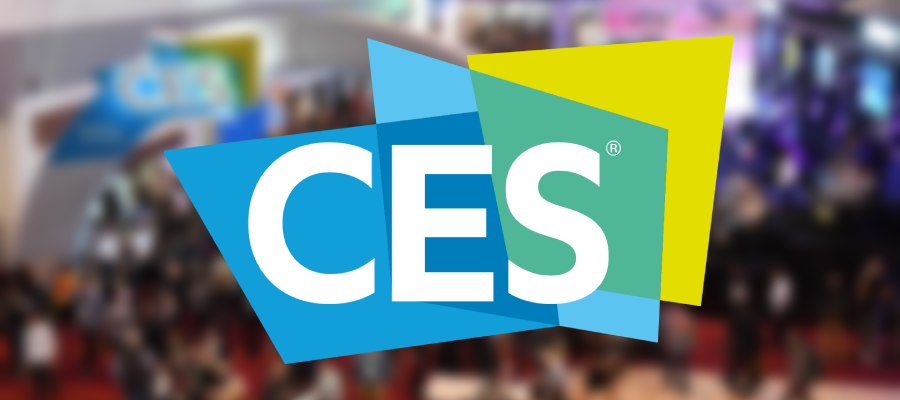
Getting back to normal?
Are we “getting back to normal”, CES 2024 suggest so. This was my 8th year attending in my current role and anecdotally it felt as busy as it ever was pre-COVID. The CEA stated that there were 135,000+ attendees, which is close to the usual 150,000+. As always there was a wide range of exhibitors, across all sorts of industries, demonstrating all manner of technologies.
Focus on Sustainability
For device vendors a focus on sustainability, extending product lifetimes, and using more recycled materials was a common thread across several CES presentations. For example, Harman introducing speakers using recycled materials and enabling battery replacement to prolong the life of products, and Panasonic adding conversations around the circular economy and introducing new plastic substitute materials (Kinari). This is essential in a world where global temperature is rising more rapidly. However, it does pose a dilemma for hardware companies as it has a potential negative on overall shipments – both for devices and suppliers such as semiconductor vendors.
Smart Home Control & Connectivity Standardisation
In the home there is a general move towards using TVs as the main smart home control panel with integration of faster processors, additional sensors, transparent screens, and more concrete partnerships in this space for example LG and Google, Panasonic and Amazon. Alongside this, Matter is becoming the answer to the long-term issue of siloed smart home platforms and is set to usher in (finally) the age of the integrated smart home, utilizing several connectivity technologies – Wi-Fi, Bluetooth, Thread, UWB, and more – to bring together several platforms into one easier to use solution.
And, Sony seems to have re-found its WHY, with a focus on the creators rather than the devices they sell.
AI Regenerates Voice Technology
Generative AI is adding new impetus to a stale voice technology market. Finally, device manufacturers are being given the tools to make voice more interesting and consumers will get much more out of voice enabled devices, having a more real-life interaction with devices and virtual assistants. While generative AI also makes it much easier to build and implement voice, as it can teach engineers how to easily build the tools.
Audio Platforms Reduce Complexity and Time to Market
In the audio world, partnerships amongst platform providers like Bragi and component vendors such as Airoha and Knowles are enabling start-up device companies such as Breggz, which don’t have large engineering teams, to be able to bring innovative devices to market quickly. Is this the year that the MEMS speaker market takes off? There was certainly a lot of buzz around this, with companies such as xMEMS, Sonicedge, uSound, and a new entry from AAC getting significant coverage.
Technologies to remove batteries from IoT Devices
Ambient IoT is becoming an interesting topic and one we’ll hear much more over the next few years. Technologies such as solar energy harvesting are evolving to power an increasing array of devices, from remote controls to electronic shelf labels (ESL), companies such as Ambient Photonics and Exeger (Powerfoyle) are pioneering this space.


